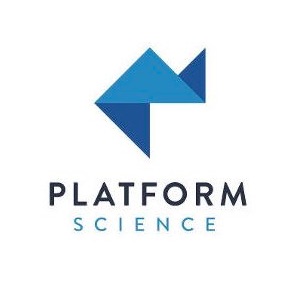Smart traffic systems: $18.5B global revenue by 2028
Basingstoke, UK – 6th November 2023: A new study by Juniper Research found that by 2028, smart traffic management spend will be up 75% from a 2023 figure of $10.6 billion. This significant growth will be due to increasing government funding for smart cities’ initiatives, with transport being at the centre of urban transformation projects.
Find out more: Global Smart Traffic Management Market 2023-2028, or download a free sample.
Implementation Stage of Smart Traffic Management Infrastructure Is Vital
The research found it is vital to deploy traffic analysis and systems at the earliest stage of city planning to avoid costly retrofits at a later point; given the fundamental nature and impact of traffic flow on a city’s infrastructure.
Research author Cara Malone commented: “Cities need to avoid solutions that will likely become obsolete quickly, or result in vendor lock-in. By opening their process to a wide pool of vendors and developers, cities will encourage innovation and interest from a variety of stakeholders and partners.”
Developing Regions in Need of Similar Solutions
The research urges vendors to consider developing customised smart traffic management systems for cities in emerging regions; due to growing issues surrounding congestion.
Smart traffic management is able to significantly reduce congestion, with Juniper Research forecasting savings of 7 billion hours through smart traffic management solutions globally by 2028, with developed regions making up 75% of this.
There are however concerns surrounding the implementation of these solutions into developing regions. Driving rules and regulations in developing regions can be very different, with the level of technological infrastructure also not being equivalent. As such, vendors must create scalable solutions that can be customised for local circumstances.
The Research Suite
The new market research suite offers the most comprehensive assessment of the smart traffic management market to date, providing analysis and forecasts of over 31,900 datapoints across 60 countries over five years. It includes two ‘Competitor Leaderboards’ and examination of current and future market opportunities.




